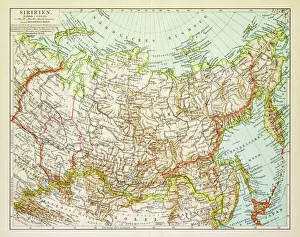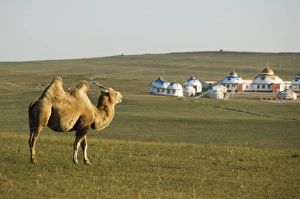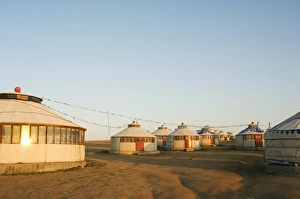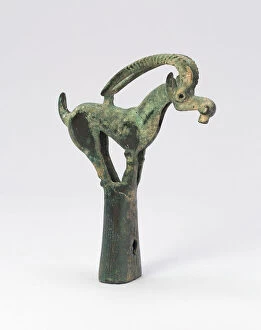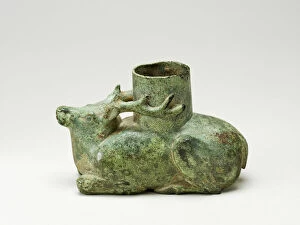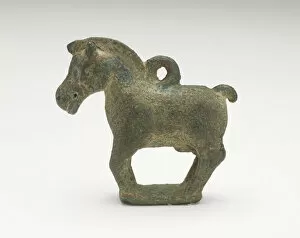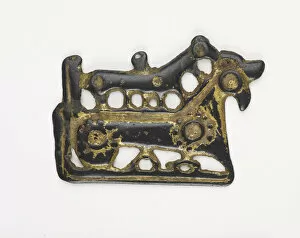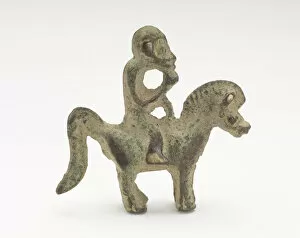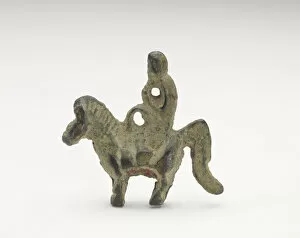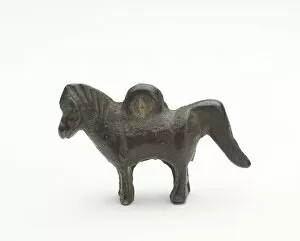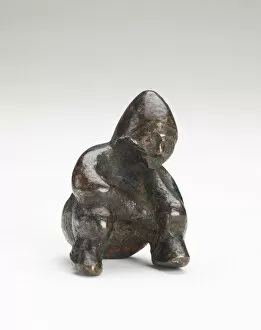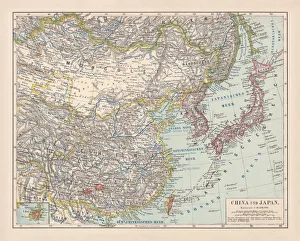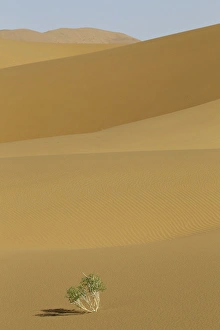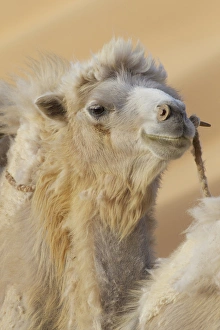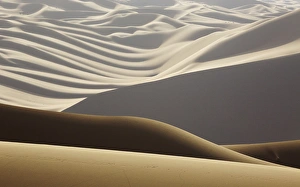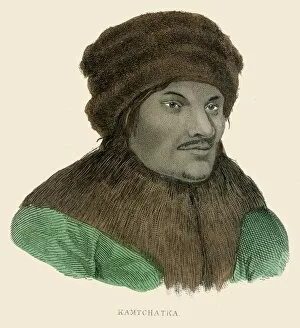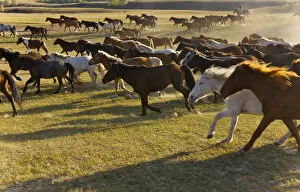Inner Mongolia Collection
Discover the enchanting beauty of Inner Mongolia, a region rich in history and natural wonders
All Professionally Made to Order for Quick Shipping
Discover the enchanting beauty of Inner Mongolia, a region rich in history and natural wonders. From the vast grasslands of Xilamuren to the bustling streets of Dongsheng, this province in China offers a captivating blend of culture and landscapes. As you explore Inner Mongolia, immerse yourself in its fascinating past. Marvel at ancient artifacts like the Pole Cap with Antelope from 6th/4th century B. C. , showcasing the craftsmanship of unknown creators. Admire the Recumbent Stag from Western Han dynasty, an exquisite masterpiece that stands as a testament to their artistic prowess. The Period of Division (220-589) unveils more intriguing ornaments such as horses and animals depicted on plaques. Witness an extraordinary ornament featuring a monkey riding a horse - a whimsical creation that sparks curiosity about its symbolic meaning. In Dongsheng, embrace multiculturalism as you encounter street signs written in Chinese, Mongolian, and English. This harmonious fusion reflects the diverse heritage present within Inner Mongolia's borders. Nature enthusiasts will be captivated by the breathtaking sunrise over nomad yurt tents dotting Xilamuren grasslands. Picture yourself amidst this picturesque scenery - camels grazing peacefully against a backdrop reminiscent of Siberia's map from 1895. Inner Mongolia beckons adventurers seeking both tranquility and excitement. Lose yourself in its vast landscapes or delve into its historical treasures; either way, this province promises an unforgettable journey through time and nature's splendor.

